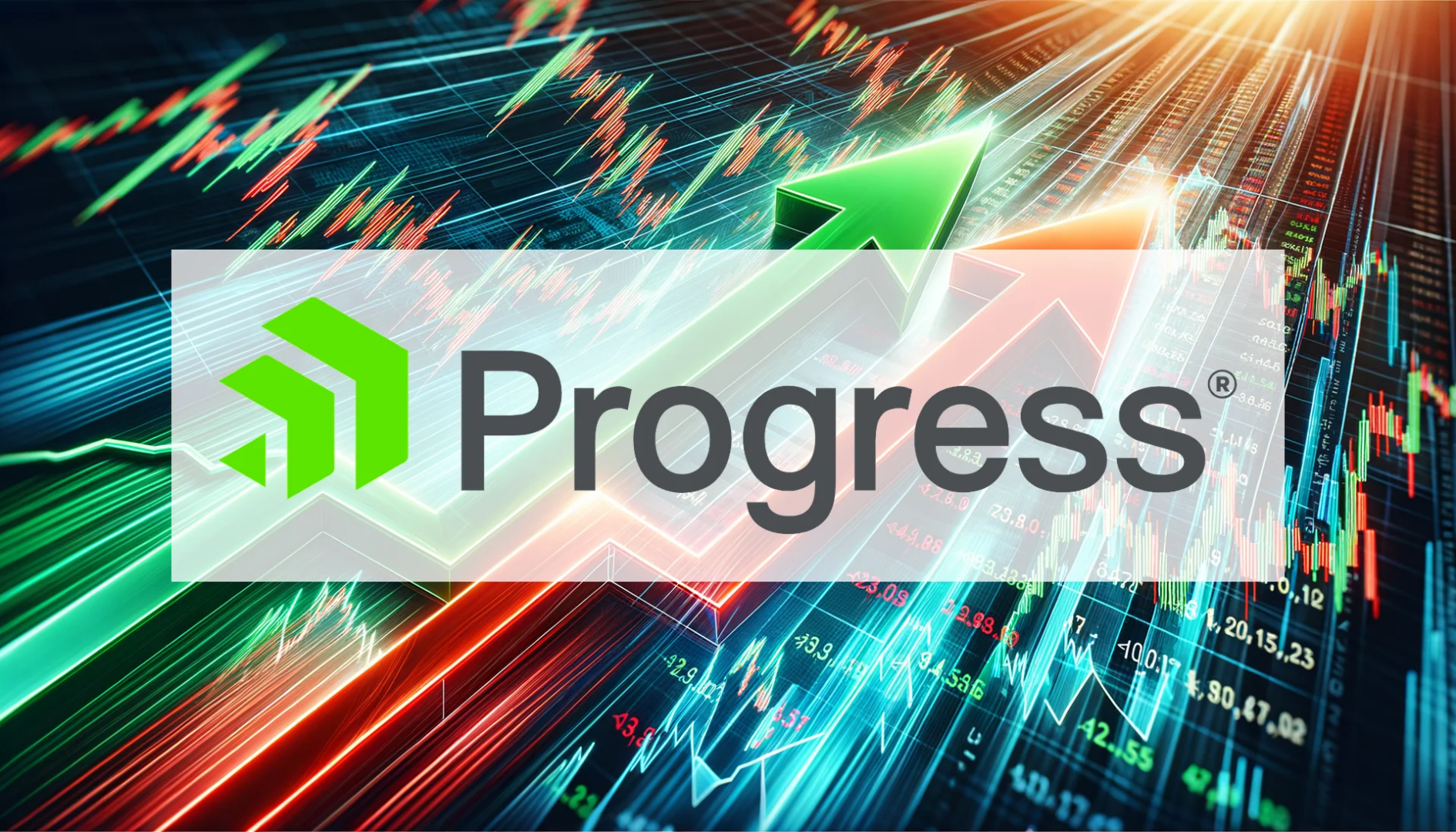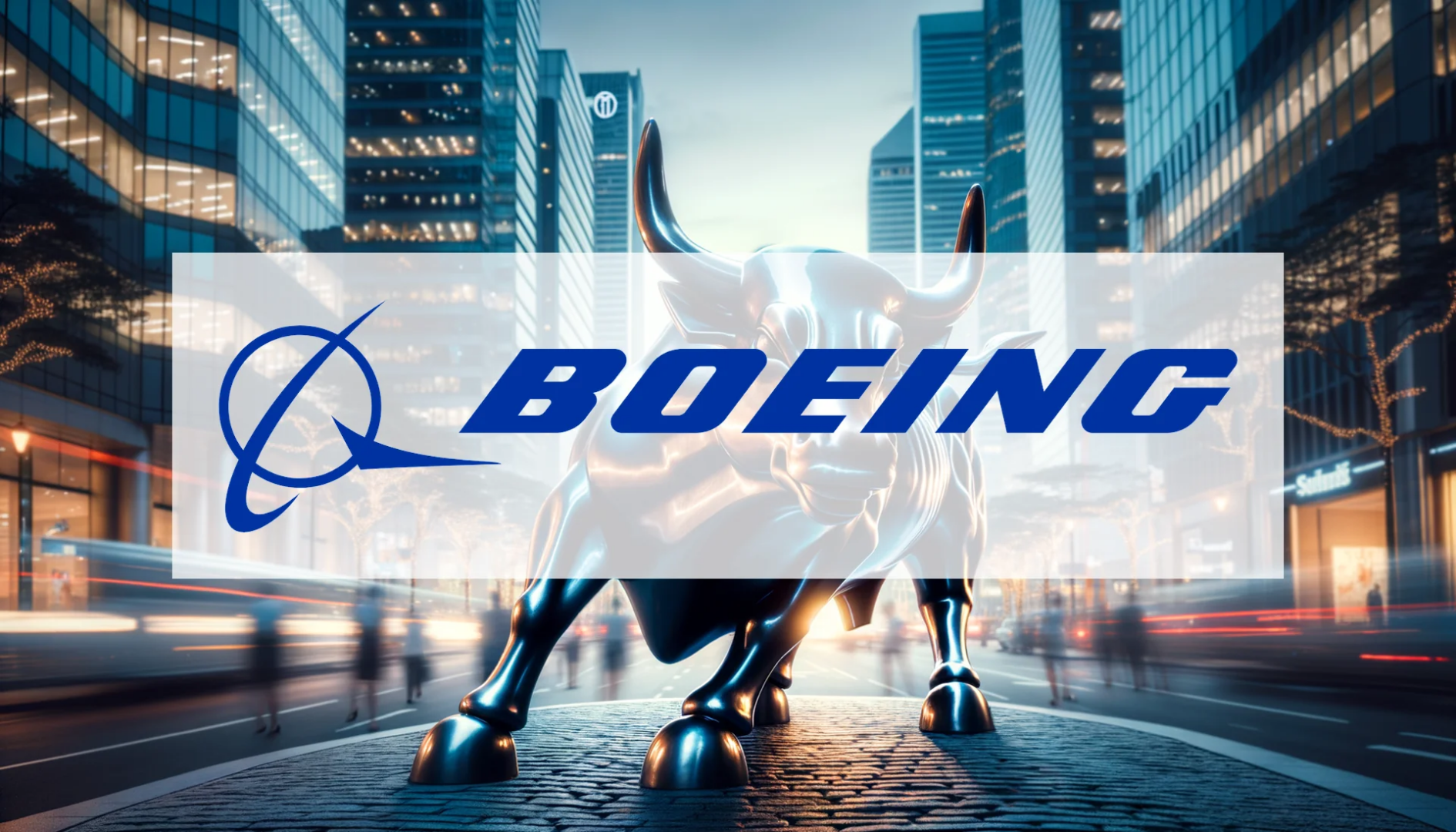A dramatic sell-off erased approximately $250 billion from Nvidia’s market valuation following the Thanksgiving break, sending shockwaves through the technology investment community. The catalyst emerged from reports challenging the chipmaker’s AI supremacy and revealing a significant partnership between two other industry titans, raising questions about Nvidia’s period of unchallenged dominance.
Sector Rotation and Competitive Threats
Capital isn’t abandoning the AI sector but is actively seeking new opportunities. A clear sector rotation is underway:
* As Nvidia shares tumbled, investors shifted capital toward competitors Alphabet and Broadcom, both registering substantial share price advances.
* This movement signals the market’s validation of Google’s Tensor Processing Unit (TPU) technology as a credible commercial alternative to Nvidia’s graphics processors.
The selling pressure intensified following news that major customer Meta Platforms is nearing a deal to deploy Google’s proprietary AI chips in its future data centers. This development suggests initial fractures in the previous industry-wide “Nvidia-only” consensus. When behemoths like Meta begin diversifying their suppliers, it demonstrates a deliberate strategy among hyperscale cloud providers to reduce their dependency on a single vendor. Market participants interpret this shift as a direct challenge to Nvidia’s future order book and its historically uncontested pricing power.
Should investors sell immediately? Or is it worth buying Nvidia?
Prominent Skepticism and Regulatory Complications
Adding fuel to the bearish sentiment are reports concerning Michael Burry. The investor famous from “The Big Short” has reportedly taken a position against Nvidia stock and warned about an unsustainable bubble forming. Although Burry’s positions are often short-term, his skepticism, combined with the Meta news, created a “perfect storm” that accelerated the downturn.
Further complicating the landscape are revelations that Chinese technology giants, including ByteDance, are circumventing U.S. export controls by training AI models in offshore data centers. While this confirms the ongoing robust demand for advanced AI hardware, it simultaneously refocuses attention on the persistent regulatory and geopolitical risks facing the sector.
Technical Position and Narrative Shift
Trading recently at 155.70 euros, Nvidia’s stock has moved significantly lower from its 52-week high. The market narrative has abruptly pivoted from limitless growth to defensive positioning. The combination of strengthening competitive threats and the potential loss of exclusivity with key enterprise customers is forcing a comprehensive reassessment of Nvidia’s economic moat. What was once considered an unassailable monopoly in high-end AI infrastructure now appears increasingly vulnerable to competitive pressures.
Ad
Nvidia Stock: Buy or Sell?! New Nvidia Analysis from November 28 delivers the answer:
The latest Nvidia figures speak for themselves: Urgent action needed for Nvidia investors. Is it worth buying or should you sell? Find out what to do now in the current free analysis from November 28.
Nvidia: Buy or sell? Read more here...










